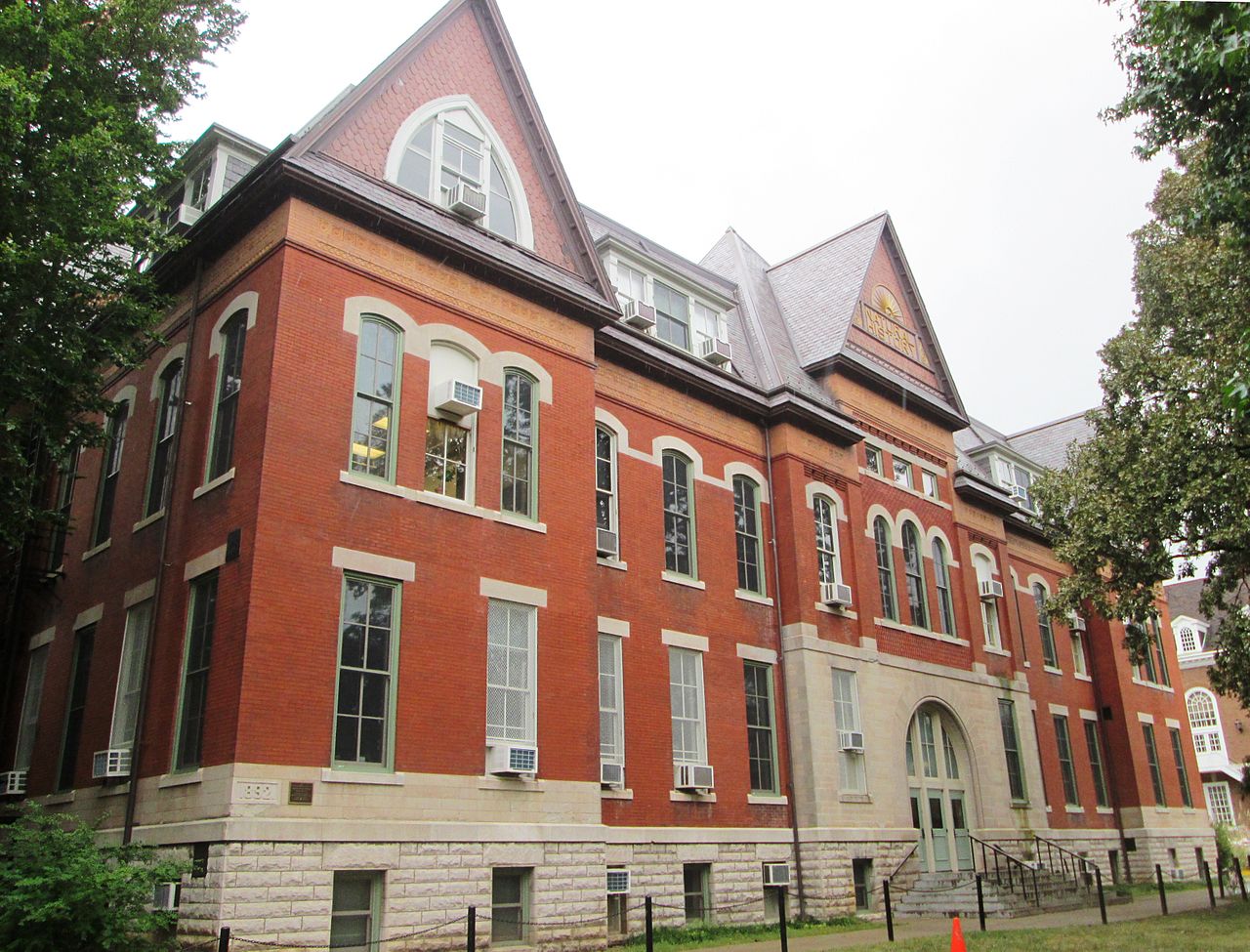#6973. Historic Red Brick Façade: Neoclassical Style with Romanesque Revival Elements
Before us stands an expressive example of historical architecture in a neoclassical style with elements of Romanesque revival. The brick building is characterized by its monumentality and well-balanced proportions. The façade features a distinctive red brick execution with contrasting light elements that highlight the architectural details.
Special attention should be paid to the window treatment: the arched windows of the upper floors create a rhythmic composition, while the semicircular tops of the attic windows in the mansard gables add individuality to the building. The stone base made of roughly processed stone creates a sense of solidity and serves as a visual foundation for the brickwork above.
The roof has a complex form with characteristic triangular gables and dormer windows. This architectural detail is not only functional but also gives the building's silhouette completeness and expressiveness. The thoughtful combination of textures and materials—smooth brickwork, rusticated stone base, and decorative elements—demonstrates a classical approach to façade design that remains relevant for contemporary buildings.
For private homeowners, this historical example offers several valuable techniques: the use of contrasting materials to highlight architectural elements, thoughtful work with the rhythm of window openings, and the application of decorative window frames. A modern interpretation of such an approach can give individuality even to a typical project, creating a sense of solidity and architectural value.
